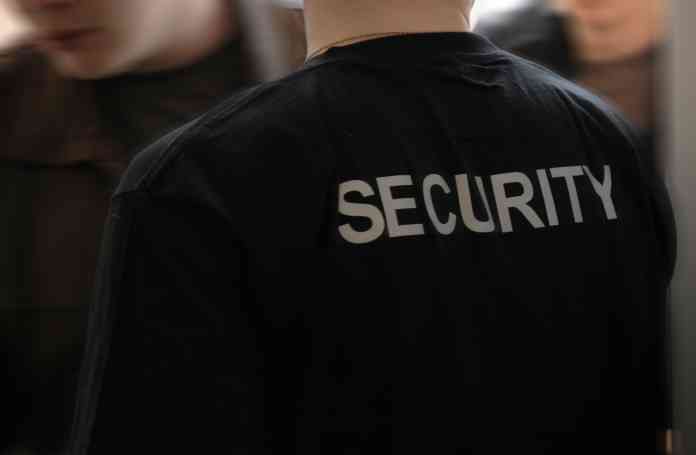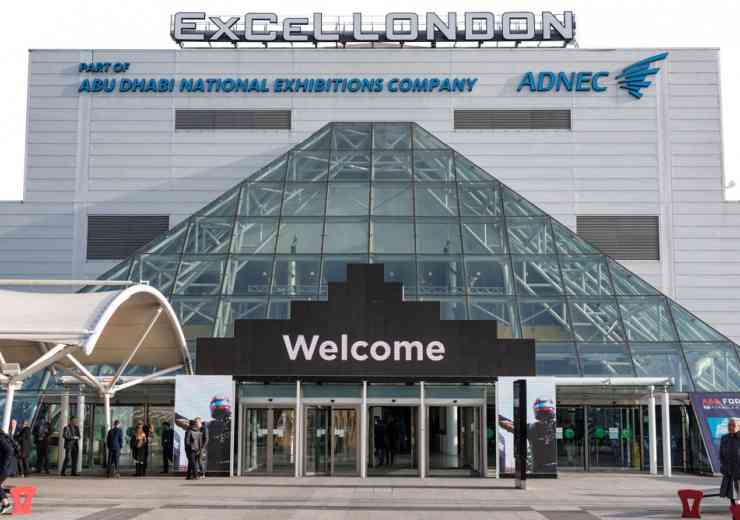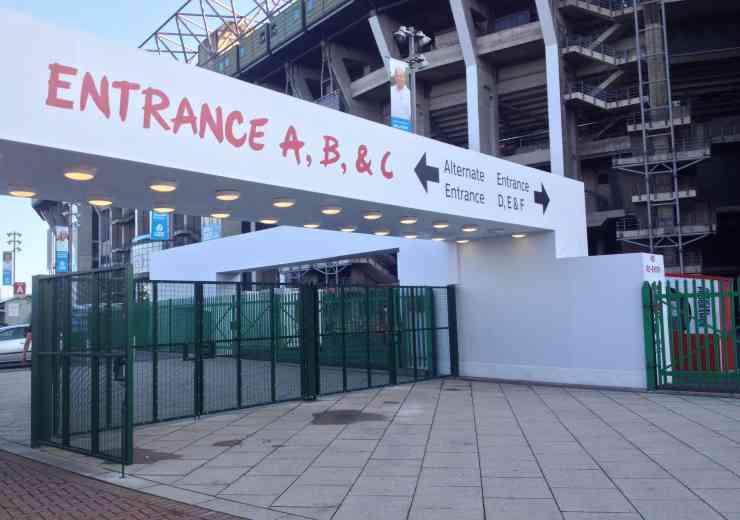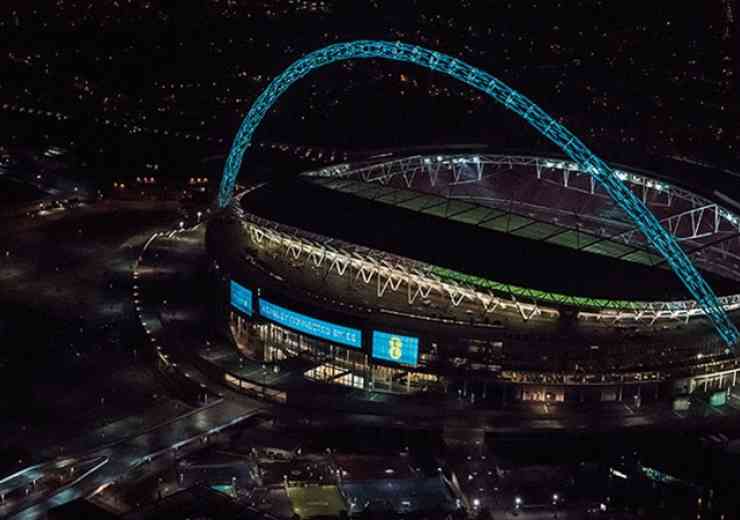
The future of crowd management in a post pandemic world
What a title and what an opportunity to speak to the wider security industry. These were my first thoughts when asked to write a short article on behalf of the United Kingdom Crowd Management Association (UKCMA) which I chair.
There was a subtitle though: ‘How do we improve standards and the importance of training for a terrorist incident’. Easy enough, until I really started to think about the very last part of that title. Then I began to ask myself if we were talking about prevention or aftermath. My conclusion was that it surely must be both. It’s not a short article anymore.
First, we need to look at where we are and briefly, the journey we have taken over the last 18 months. Like so many in events, security, and the wider service industry, when lockdown came on 23 March 2020, I sat and scratched my head as to what the future held. After 33 years in the Metropolitan Police, I had launched a Crowd Safety Management Company in 2009 which had grown from strength to strength. Then 97 per cent of my business for the summer disappeared as I scrabbled to get back from a job in Vancouver before we (and the Canadians) shut the borders.
The UKCMA soon started to warn of the mass departure of staff, SIA, and stewards, as well as highly experienced safety and technical crew who sought jobs elsewhere. Many found the new pastures greener than the fields they were used to working in, as well as drier, warmer and with better pay and conditions. Those who could have made a difference insisted staff would return when events started again, and it was up to the industry to increase rates of pay and conditions for often minimum waged staff. We were relying on promoters and organisers (including local authorities) to put up pay rates after they had suffered a year (which became two years) of no earnings and with tens of thousands of tickets sold at 2019 rates but build costs at 2021 prices. These are the same promoters who would often haggle down pay rates by 5p or 10p per hour and play companies off against each other, even when the market was strong. Well slowly but surely, and very reluctantly, they have had to raise those rates to attract people back but, there remain huge shortages compared to when we started with Covid-19, and we were short even before that.
Those rising wages have tempted a few back but, a combination of lack of confidence, the extended Covid 3 closure powers, nervousness about the industries ongoing stability and yes, even Brexit (so many foreign workers left and have not returned) that we remain incredibly under strength. Normality now often looks like organisers having to overbook staff by 20-30 per cent and still often under achieve by 10-15 per cent, but how many risks can you take? The day you overbook by 30 per cent and everyone turns up, then what? Pay them and take a huge hit or, send them home and damage the confidence in those staff even further?
As predicted, shortages are now the norm and events large and small are struggling to get through. Its not just staff of course, there are huge shortages in the equipment pipeline and the driver shortages (and increasing wages there) are adding to the problem.
With this background of reduced numbers, we have also been expected to enforce strict Covid measures and for many local authorities, this has been the sole focus in planning and monitoring events. Recently a planned four-hour SAG spent three hours 45 minutes reviewing Covid plans yet that weekend we would bring 12,500 people and park 5,000 cars on a grassy sloping field with forecast high winds, heavy rain, and lightning. My ‘spider senses’ were tingling and were far more focussed on weather related issues than Covid, but the SAG was not interested in those safety plans.
So, short staffed and with other real worries ahead of the event, we then had to promise to divert 15 per cent of the remaining staff towards Covid checks, including in one case, an insistence to use heat sensors to take the forehead readings of people who would be queuing in 80˚ F temperatures for two hours (with most of the delays caused by the Covid checks themselves). That level of ‘monocausal thinking’ is highly dangerous but sadly common place and, as we drift, seemingly inexorably, towards the government’s Plan B and the introduction of Covid Passports, remains a real challenge for the industry. If we don’t comply, the dreaded Covid 3 Regs hang like the sword of Damocles to be swung by the same authorities who would bend over backwards for Covid mitigations, rather than use their existing H+S powers when other obvious risks are apparent at events. (NB: I should point out that many SAGs have been outstanding).
Against this background, we are also supposed to focus (and in the opinion of some, solely focus) on the outcomes and recommendations of the Manchester Arena Inquiry (MAI) and the Protect Duty/Martyn’s Law. We cannot and we will not because public and crowd safety is far wider than just terrorism.
We expect people to join our industry when they have just seen an 18-year-old (at the time of the incident) hauled over the coals on live on TV, having been identified as responsible for a ‘missed opportunity’ when 22 lives were lost. Show me any teenager, or adult, that wants to carry that burden when stacking shelves at Sainsburys pays better.
We talk of improved training standards and the MAI recommendations say we must ‘guard against complacency’ – but how? How do we brief every detail of what the team might need to know when we have no idea at the start of each day what the threat might be? Gun, knife, drone attack, suicide bomber, hostile vehicle momentum attack, acid, or bleach spray. Oh yes, and all the ‘other stuff’ that happens like drugs, drunks, violence against staff, need I go on? How do you brief all the detail of what to look out for, how to tackle a suspect (and stay safe) and what to do if the suspect succeeds and injures some but is still attacking others? We don’t pay anyone enough to tackle those suspects. Not even the police, even if armed, are paid well enough for those rare occasions where they tackle a gun or knifeman, never mind a terrorist.
What do we really expect of staff in most of those circumstances? In my view and that of many colleagues, I expect them to ditch the jacket and ‘Run, Hide, Tell’. They are at that point no more than a member of the public. I cannot, nor will I ever, tell someone on £10 an hour, or even ten times that, to tackle a terror suspect. Should they even challenge that person if they genuinely fear their intent is mass murder? Ideally, the best they can do is take cover from view, observe from a distance, and report upwards until armed police arrive to assess and challenge.
If every time we saw someone suspicious with or without a bag, we rang 999, how many more calls would there be? How many more incidents of men and women dressed in black with masks, carrying guns and running, shouting and screaming ‘get down’ would there be? How many more ‘self-initiated crowd evacuations’ might we see such as the one in Oxford Street on Black Friday 2017 with 16 people injured, eight of them needing hospital treatment. Just as importantly, how long can we operate at a level of such response until we start to become complacent again or the media and the public insist our ‘overreaction’ is risking public safety?
During the Toronto Raptors victory parade in 2019, shots were fired in a dense crowd and a spontaneous evacuation occurred that left scores injured. There is evidence that a secondary, larger surge took place as firearms officers arrived. Thousands, perhaps with a heightened sense of fear from the first incident, ran in all directions. When Covid is ‘over’ and we can complete that review, I am convinced we will find far more injured from the second pulse than from the first. Have we even started to train our teams on how to deal with an apparently unexplained mass evacuation such as occurred there, or in Oxford Circus or in Times Square, NY in August 2019 when a motorcycle backfired and twenty people were hurt running away?
How do we even start to train our teams to deal with the unintended consequence of flight from misperceived threats? Incidentally, if you are scratching your heads on that concept, read the recent excellent reports prepared by Dermott Barr, John Drury and Sanjeedah Choudhury on the subject.
Let me just say, I am completely in support of first aid training for staff, for enhanced ACT training and believe that we should all be better prepared for an attack. Accepting that we will never prevent all attacks, we must do what we can to prepare for when they succeed.
I would, however, also argue that this is not about just security staff. Why can’t we teach basic first aid in schools? Why do we assume that when we talk about terrorism, people will get scared and ‘panic’, when all the evidence suggests they respond better when they have an expectation that something might happen and know how to respond? We do not have to live in fear, we are just better able to respond and do so more quickly if we are informed and alert.
If we want a serious and grown-up discussion about preventing and responding to terrorism in the future, we need to remove the constraints of talking about the government, police security services and security/stewarding companies being the answer. We must widen the argument to say that we all, as a nation, need to shoulder the burden of Prevent, Protect and Prepare. If we are all targets, then we must all be part of the solution.
















